Nvidia and Disney showcase Star Wars-inspired robot
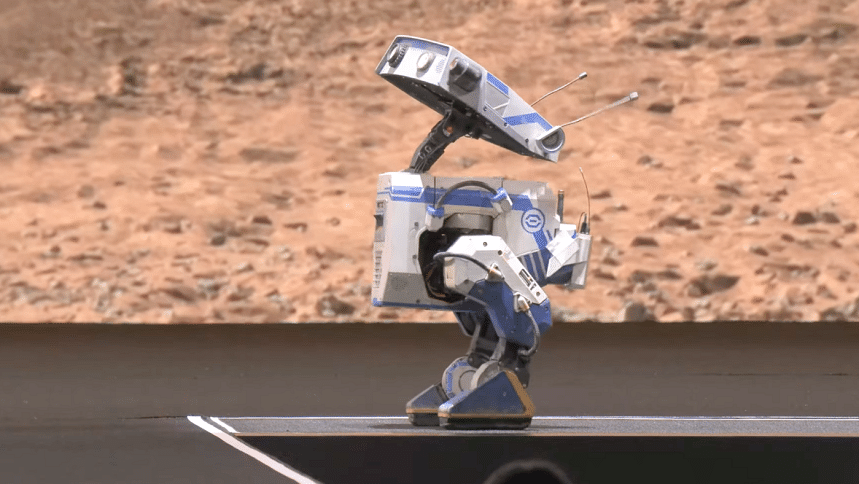
Nvidia and Disney have teamed up to develop a new generation of expressive, AI-driven robots inspired by Star Wars, showcased at Nvidia's annual GTC developer conference on March 18. A droid, named Besh (Blue), waddled onstage alongside Nvidia CEO Jensen Huang, demonstrating its ability to navigate physical spaces and interact with humans using animations and sensors.
Meet the droid
Besh and its "sibling" Grek are part of Disney's BDX droid series, designed to resemble characters from the Star Wars universe, explains an article by The Wall Street Journal on the matter. Equipped with cameras, sensors, and GPUs, the robots can express emotions like happiness, shyness, or anger through movements such as head tilts or chest puffs. Disney artists created animations for these actions, which the droids learned via reinforcement learning in virtual simulations.

To train the robots, digital versions practised walking and emoting repeatedly in simulated environments, receiving feedback until they perfected their tasks. This allowed real-world droids to move without falling, even during their first physical tests. Human operators currently use remote controls to direct the droids' movements and emotions, but Disney aims to enhance autonomy by analysing data from human interactions.
The Newton physics engine
Powering these advancements is Newton, an open-source physics engine co-developed by Nvidia, Google DeepMind, and Disney Research. Newton simulates how robots interact with real-world objects—like food, cloth, or sand—enabling precise training for tasks in healthcare, logistics, or entertainment. The engine integrates with Google's MuJoCo robotics tools and uses Nvidia's Warp library for GPU-accelerated simulations, claiming up to 100x faster training for complex tasks, according to an official press release by Nvidia.
According to WSJ, Disney plans to use Newton to refine its BDX droids, which are set to debut at Tokyo Disney Resort, Disneyland Paris, and Walt Disney World starting in 2026. The robots have already appeared on Disney cruises and at events like SXSW 2025.
Collaboration and control
While Newton enables more lifelike robots, Disney emphasised it is not pursuing full autonomy for its entertainment droids. "We want to retain control over interactions," said Moritz Bächer, Disney's robotics lead, according to the WSJ article. During a demo at GTC, Grek declined an attendee's request to collide with Besh, showcasing programmed restraint.
Nvidia also announced Groot N1, an AI model for humanoid robots, alongside new AI chips like Blackwell Ultra. However, the spotlight remained on Newton's potential to streamline robotics development. The engine's open-source design allows developers to simulate multiphysics scenarios, such as robots handling deformable materials, using the OpenUSD framework to standardise data.
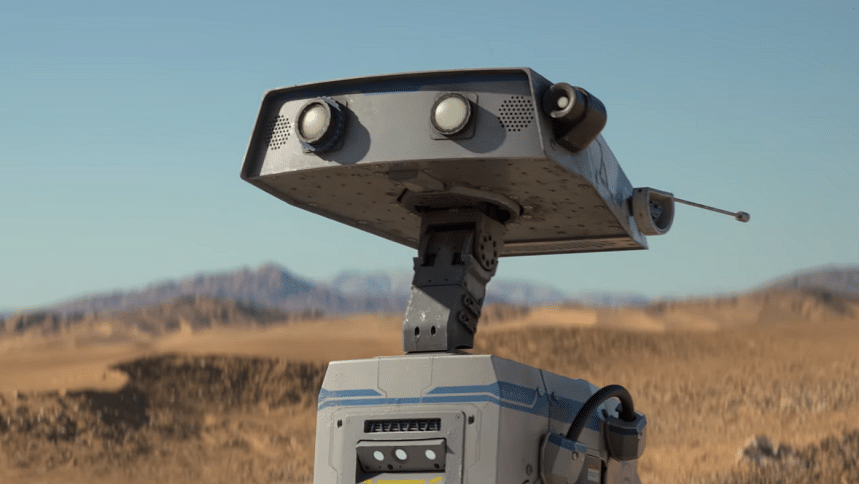
What's next
Nvidia says that an early version of Newton will be released later in 2025. As per the Wall Street Journal article, Disney's Kyle Laughlin called the collaboration a "key part" of bringing more robotic characters to life, though the focus remains on controlled, guest-friendly interactions. For now, Besh and Grek's charm lies in their blend of cutting-edge tech and carefully scripted Disney magic—no rogue antics included.

 For all latest news, follow The Daily Star's Google News channel.
For all latest news, follow The Daily Star's Google News channel. 


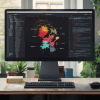
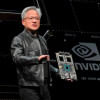
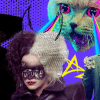
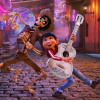
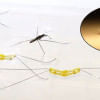


Comments